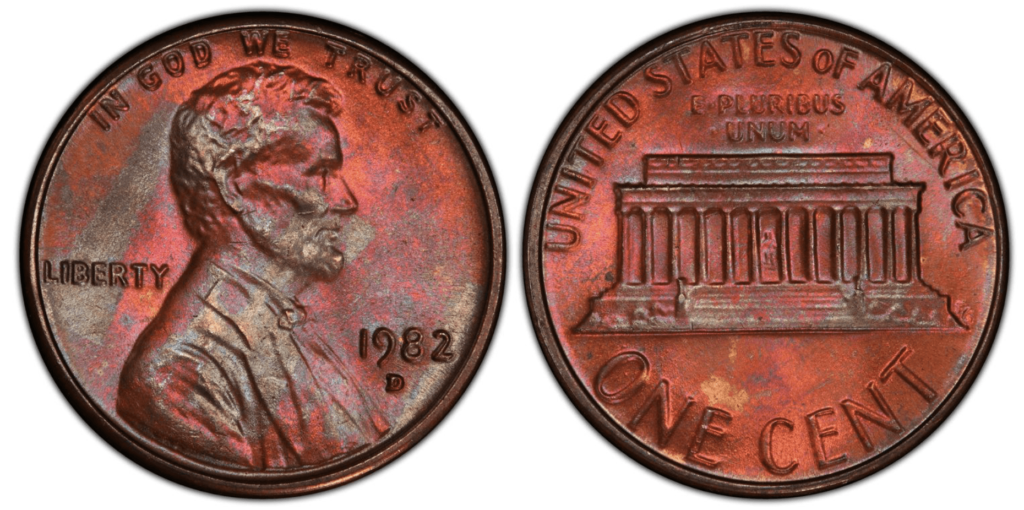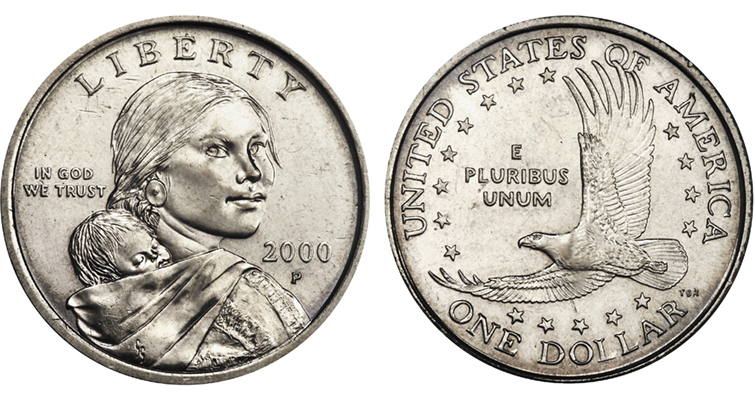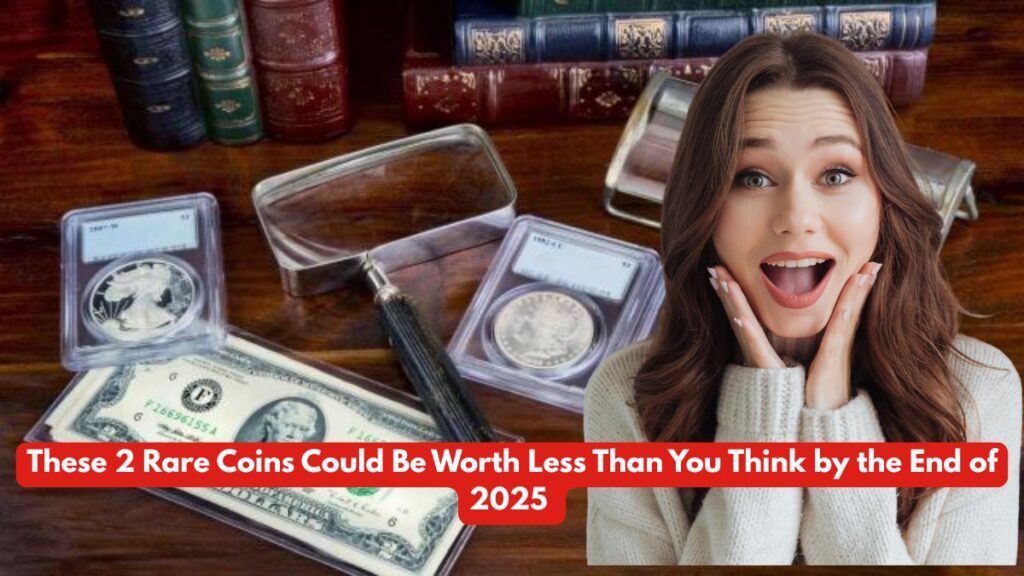In the world of coin collecting, rarity and condition are often the key drivers of value. However, collectors should be aware that not all rare coins appreciate over time. According to recent reports from Yahoo Finance, some coins that were once highly coveted are now poised for a potential drop in value before the end of 2025.
1. 1982 Lincoln Penny (Large Date – Copper)
The 1982 Lincoln penny holds a unique place in U.S. numismatic history. That year, the U.S. Mint made a major transition in coin composition, shifting from the traditional 95% copper format to a less expensive zinc-based core with a copper plating.
Because both copper and zinc versions were minted, multiple varieties exist — including the Large Date and Small Date designs. Among these, the 1982 Large Date copper penny was once considered quite valuable, especially in high grades.
However, over the years, more of these coins have surfaced, weakening their scarcity status. Recent auction records suggest that their market prices are flattening or even declining slightly. While the penny remains historically significant, its value as an investment may not be as solid as previously believed.

What’s Causing the Decline?
- Higher supply due to discoveries in old collections and coin rolls.
- Market corrections after a pandemic-era surge in coin collecting.
- Lower demand from new collectors, many of whom prioritize modern rarities and error coins.
For those unsure about whether their 1982 penny is copper or zinc, a simple drop test or use of a precision scale can help — copper versions weigh about 3.11 grams, while zinc coins weigh around 2.5 grams. You can also consult resources provided by the United States Mint for specifications on coin compositions.
2. 2000 Sacagawea Dollar With Transitional Errors
When the Sacagawea dollar was introduced in 2000, it was hailed as a major design shift in U.S. coinage. However, a small batch of these coins was mistakenly struck on planchets meant for other denominations — creating what are known as transitional error coins.
Initially, these coins fetched thousands of dollars at auction, especially when authenticated by professional grading services like PCGS or NGC. Their novelty and rarity attracted collectors eager to acquire something unique.
But now, numismatists warn that the value of these transitional errors may soon decline. The reason? More examples are being discovered than originally anticipated, especially as awareness of the error spreads and collectors actively search rolls, bags, and vaults.

Why This Coin’s Value May Fall:
- Transitional errors are less rare than once thought.
- Authentication fatigue — as more fakes flood the market, buyers grow cautious.
- Greater focus on modern mint errors with certified provenance.
This highlights a broader trend in numismatics: just because a coin is rare doesn’t mean it will always retain high value. Coins like the 2000 transitional Sacagawea dollar can lose appeal when rarity is diluted by new discoveries.
Market Factors Behind the Drop
Experts point to three major factors that could cause rare coin values to decline:
- Discovery of Hoards: When a large number of a supposedly rare coin is found — such as from estate sales or bank hoards — the increase in supply can crash the value of previously expensive coins.
- Market Corrections: The coin market experienced a speculative boom during the COVID-19 pandemic, driven by stimulus payments and increased hobby interest. Now, prices are normalizing.
- Condition and Authenticity: Collectors now prioritize coins that are both rare and in mint-state condition. Coins that are cleaned, scratched, or unauthenticated lose value fast.
To avoid losses, collectors are advised to have their coins evaluated by certified third-party graders and to regularly check market trends using tools from trusted sources like Numismatic Guaranty Company (NGC) and the Professional Coin Grading Service (PCGS).
What Should Collectors Do Now?
If you own either of these coins, consider the following steps:
- Get a professional appraisal from a certified grading company.
- Monitor auction prices on platforms like Heritage Auctions or GreatCollections.
- Avoid panic selling unless the market value has significantly dropped.
- Consider holding onto the coin for historical value rather than short-term profit.
In summary, while many rare coins continue to appreciate, not all are guaranteed winners. Staying informed and making strategic decisions can help collectors protect their investments and enjoy the hobby for years to come.
This article has been carefully fact-checked by our editorial team to ensure accuracy and eliminate any misleading information. We are committed to maintaining the highest standards of integrity in our content.



